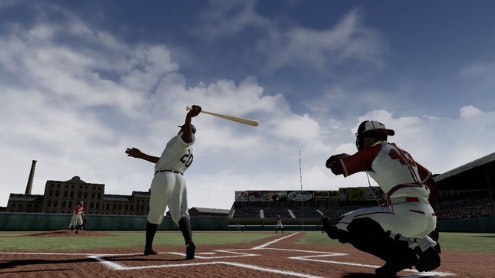Homepage
•
Learning Library
•
Blog
•
VR Storytelling Puts Students in the Shoes of Black Americans
Expand breadcrumbs
Expand breadcrumbs
- Learning Library
- Blog
- VR Storytelling Puts Students in the Shoes of Black Americans
- Homepage
- •
- Learning Library
- •
- Blog
- •
- VR Storytelling Puts Students in the Shoes of Black Americans
VR Storytelling Puts Students in the Shoes of Black Americans
By Nicole Krueger
July 13, 2022








